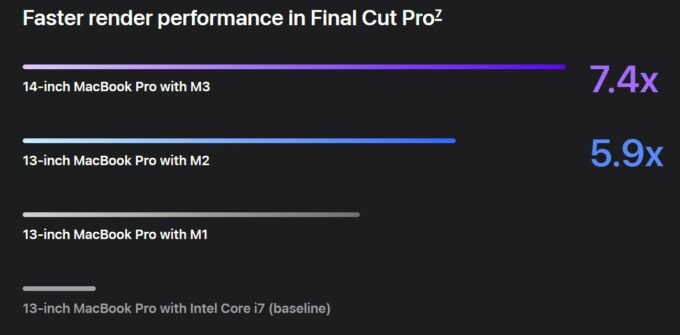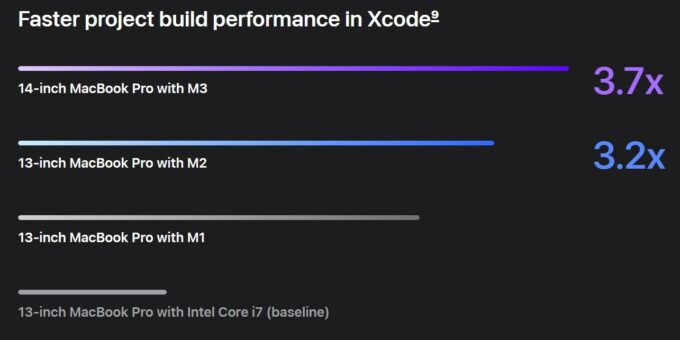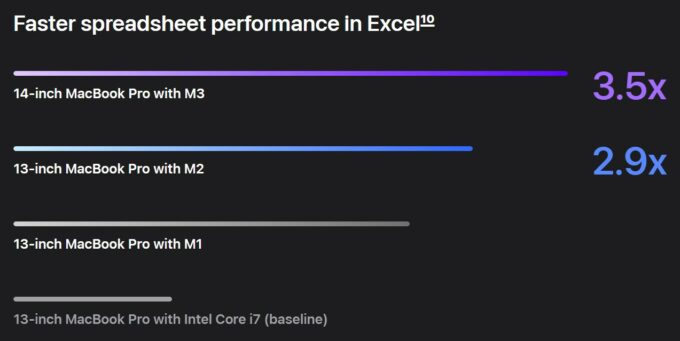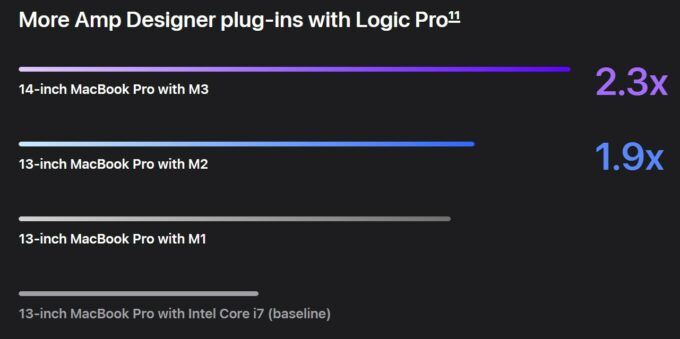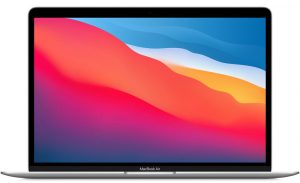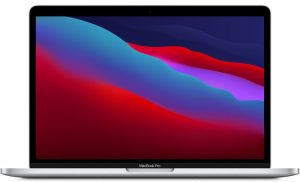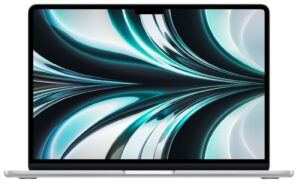[Preliminary] Performance comparison: Apple M3 vs Apple M2 vs Apple M1
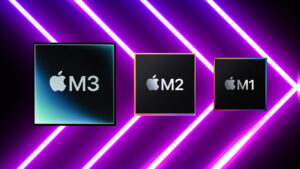 The new M3 CPUs from Apple are probably the most anticipated pieces of silicon that 2023 has to offer, as the last two times that we received news about Apple’s SoCs, we got insane CPU and GPU performance that superseded any previous Intel-based incarnation of the company’s laptops and desktop computers.
The new M3 CPUs from Apple are probably the most anticipated pieces of silicon that 2023 has to offer, as the last two times that we received news about Apple’s SoCs, we got insane CPU and GPU performance that superseded any previous Intel-based incarnation of the company’s laptops and desktop computers.
Now, the third time is extraordinary for everyone, but is it special enough for us and you to care?
The initial hit from the M1 series was huge, so are small incremental gains all that we can expect from now on with the M3 and future generations? Let’s see about that today, as we give a performance comparison between the Apple M3, M2, and M1.
You can find more about all the M-series chips here: Apple M3 (8-core GPU) / Apple M2 (8-core GPU) / Apple M2 (10-core GPU) / Apple M1
Specs
| Apple M3 | Apple M2 | Apple M1 | |
|---|---|---|---|
| Performance cores | 4 | 4 | 4 |
| Efficiency cores | 4 | 4 | 4 |
| Clock Speeds – Base/Boost | 2.40 – 3.70GHz | 2.42 – 3.48GHz | 2.06 – 3.20GHz |
| Lithography | 3nm | 5 nm | 5nm |
| Memory type | LPDDR5-6400 | LPDDR5-6400 | LPDDR4X-4266 |
| Integrated GPU | Apple M3 GPU (10-core) | Apple M2 GPU (8-core) Apple M2 GPU (10-core) | Apple M1 GPU (8-core) Apple M1 GPU (7-core) |
Looking at the three M-series chips, you can see that nothing much has changed physically. All three still use a 4+4 layout with a big.LITTLE configuration, meaning 4 Performance cores and 4 Efficiency cores. However, Apple has been bringing improvements and the M3 uses a new GPU with a brand new architecture and Mesh Shading algorithms, which allows game developers and companies for 3D modeling software to better utilize the polygons that make up the 3D models that you see in games. The M3 GPU now also supports hardware-accelerated Ray Tracing. Paired with the extra power, we might finally be able to have a decent gaming experience on a MacBook.
Performance
As of right now, all we’ve got in terms of evidence comes directly from Apple, so don’t bet on it to be 100% true and factual. Their benchmarks span six Different Fields: Image Upscaling using machine learning, Video Editing (Final Cut Pro X), Image Processing (Affinity Photo 2), Code compilation in Xcode, Productivity in Excel spreadsheets, and Music Creation in Logic Pro.
Okay, now, let’s look at which notebooks Apple has tested. The baseline in all benchmarks is the 2017 MacBook Pro 13 with a quad-core Intel Core i7 and its integrated Iris Plus Graphics 645. Then we’ve got three different Apple Silicon-based MacBook Pro notebooks. The first one is a 13-inch model with the M1 chip (8-core GPU) and 16 gigs of RAM. Then we’ve got last year’s MacBook Pro 13, with an M2 chip (10-core GPU) and 24 gigs of RAM. Lastly, the newest MacBook Pro on the list is a 14-inch model with the M3 chip and 24 gigs of RAM. And now, let’s get into the tests themselves.
Update: we’ve just found out about the new M3 chip being discovered on the Geekbench 6 database, and here are the first results.
| Single-core | Multi-core | |
|---|---|---|
| Apple M3 | 3095 (+19% vs. M2 chip) | 11724 (+17% vs. M2 chip) |
| Apple M2 | 2610 (+10% vs. M1 chip) | 10060 (+15% vs. M1 chip) |
| Apple M1 | 2365 | 8731 |
Image Upscaling
For this test, Apple is using their proprietary Photomator software to increase the resolution of images (upscaling) using a Machine Learning algorithm. It works by teaching the algorithm how two identical images look at different resolutions, in the hope of finding a suitable way to add more pixels to your images, making them more detailed without any noticeable visual differences. Here, the M2 MacBook is almost 15 times faster than the baseline, while the M3 Macbook is 17.7 times faster than the baseline.
Video editing
The best video editing program on Apple products, Final Cut Pro, is so well optimized to run on MacBooks and Macs, making any other option seem not as good. Here, we see very even year-by-year gains, as the M2 is nearly 6 times faster than the Baseline, while the M3 chip is 7.4 times faster.
Image processing
Here, Apple has used Affinity Photo 2 for testing, which is a rather niche product, but offers very powerful features without the need to purchase a subscription (Looking at you Adobe). As you can see, we see incremental improvement, as the M2 is 5.4 times faster than the baseline, whereas the M3 is 5.9 times faster, so the jump from the M2 to the M3 is rather small.

Code compiling
If you ever want to be an IOS developer, it’s only possible with the Swift language and your best friend here is Xcode, Apple’s own IDE for compiling, testing, and debugging code. Here, we don’t see that big of a jump from the M2 to the M3, however, the initial performance increase from the baseline to the M-series of processors is fantastic.
Productivity
For the accounting nerds (you’re not really nerds, you’re awesome, keep doing your job), Excel is such a powerful program. It’s able to execute code, as well as write Office scripts to automate certain repetitive tasks. As you can see, the M1 chip doubles the performance of the Intel-based MacBooks, while the M2 and M3 improve on it little by little.
Music creation
Lastly, Apple showed a test of creating Music with their Logic Pro software. Here we see a very small gain from the M1 to M2 chips, but a rather large increase in performance from the M2 to the M3 chip. Still, since we don’t have a lot of concrete numbers, the time increases will have to do for now.
The Big Elephant in the Room
Apple also made headways with a new feature for its GPU, called Dynamic Caching. It’s a part of their revamp of the graphics inside the M-series chips, as the M3 family’s GPUs include a totally new architecture, which includes this new feature. In typical fruit-shaped fashion, a lot of details are kept under wraps, as Apple doesn’t want to give anything away, as well as trouble its consumers with too much technical talk.
So, how do traditional GPUs use their available memory? A typical GPU is made to execute multiple workloads (shaders) all at once. This comes with allocating memory for each of these tasks, as the GPU reads the task and automatically allocates space to write the answer in memory before it’s done executing it. This means that some space inside the GPU memory is always reserved and can’t be used for anything else until the task is resolved. What Apple is trying to do (or at least what we think they’re trying to do) is to make a new memory allocation algorithm, which looks at how far along a task is to be completed and readies memory only when it’s about to be done or is done. This will boost GPU utilization and Apple knows it, so they showed this graph in their event.
This way, the memory doesn’t get occupied by unfinished tasks, allowing the GPU to essentially. Now, while this will undoubtedly alleviate memory for more tasks to be completed faster, this new algorithm does sound more difficult and harder to implement. And you don’t want to burden the CPU with doing the dynamic allocation of memory. Depending on how difficult the algorithm is, a smart option might be to introduce a separate small chip, to the GPU, which handles the memory allocation. The M-series SoCs already have tons of separate silicon to handle different processes, so 1 more isn’t going to make things more expensive or difficult to produce. Until we have an M3-equipped laptop in hand, we won’t be able to take a look at the processor inside.
With all of that said, we hope we’ve been able to give you a smidge of knowledge about the expected performance of the new M3-powered MacBooks, as well as an explanation of the new Dynamic Caching. For now, we can only theorize, until we can tinker with the chip ourselves and see what exactly is going on. We won’t be alone in our endeavor, as pretty much every tech publication, as well as Apple’s competitors, will want to get their hands on these products.
All laptops with the Apple M1:
All laptops with the Apple M2 (8-core GPU):
All laptops with the Apple M2 (10-core GPU):
All laptops with the Apple M3:

